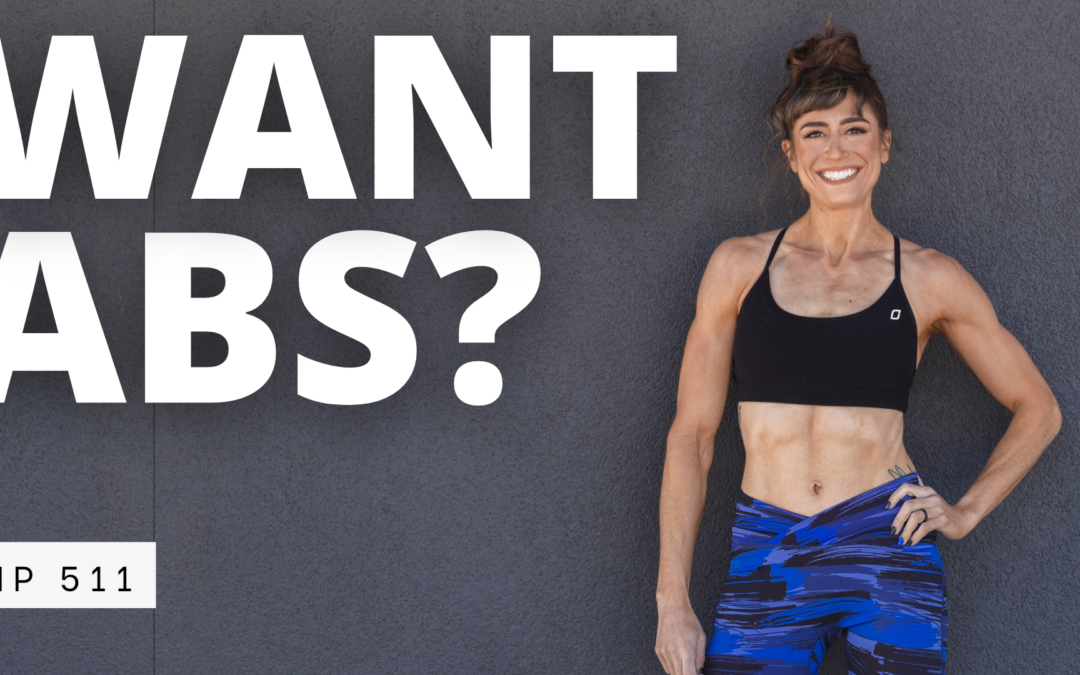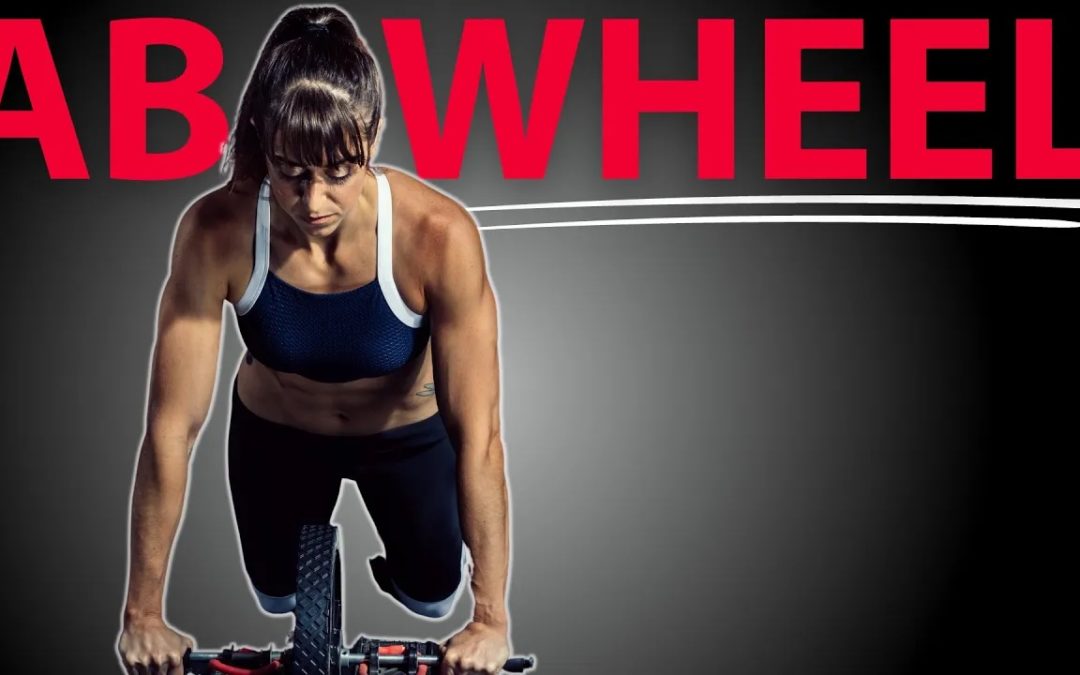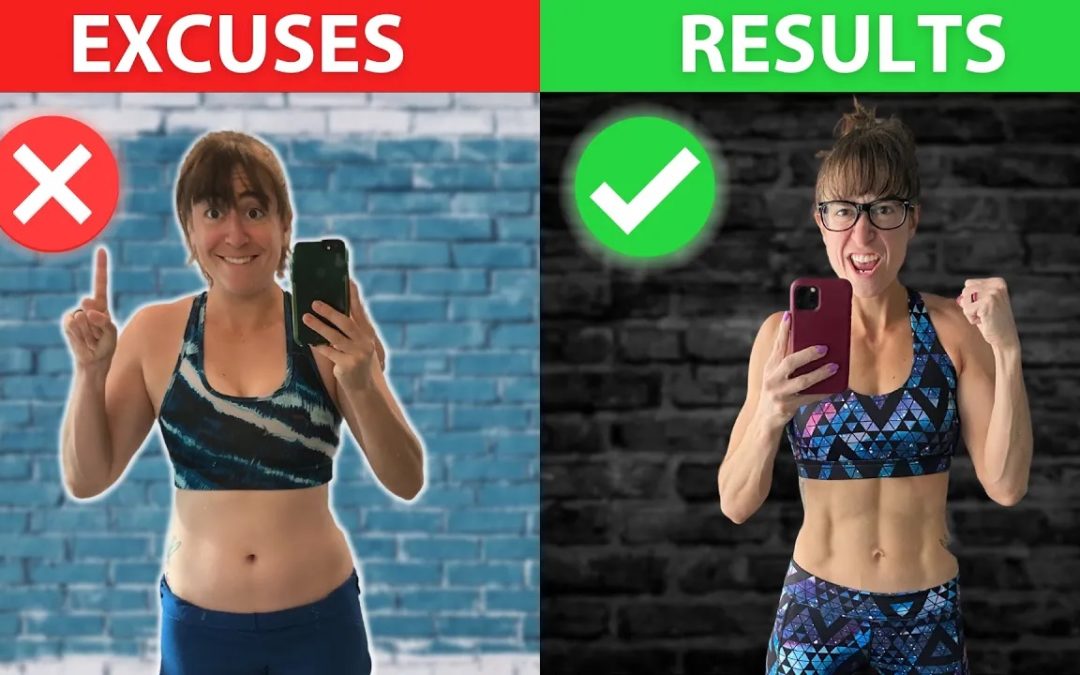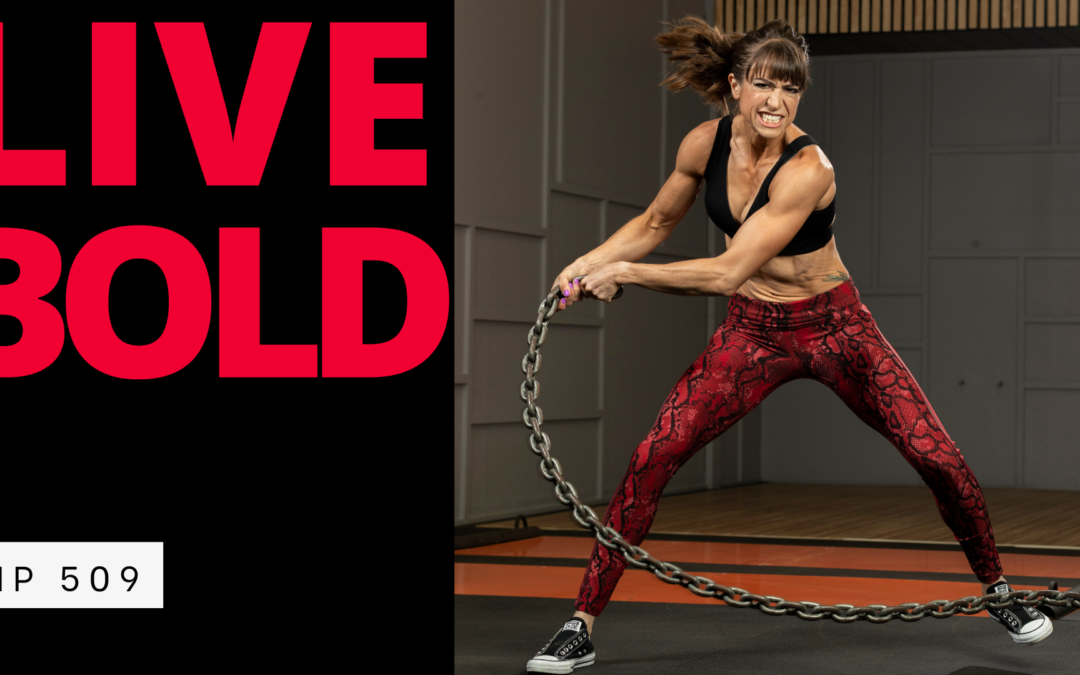
by Cori Lefkowith | Mar 21, 2023 | podcast
In this episode: The process is never over…you are never done! Then I’m excited to share an interview I did with Dr. Charlotte Markey about tips to improve our body image and even inspire our children to love themselves I also want to talk about “getting abs” –...

by Cori Lefkowith | Mar 20, 2023 | Blog, Core, Exercises, Functional Fitness
Want to work on that six pack and build a strong core? Then you need to include Ab Extensions or the Ab Wheel Roll Out exercise in your workout routine. Now if you’re thinking, “I don’t have an ab wheel, byeeee, I’ll share some great variations to use this move...

by Cori Lefkowith | Mar 14, 2023 | podcast
Should You EAT MORE to Lose Weight? Are Greens Powders Worth it? In this episode… I’ll discuss why results aren’t just about working hard and 4 tips to help your hard work pay off. Michelle and I will dive into the science behind why you may need to EAT MORE to...

by Cori Lefkowith | Mar 12, 2023 | Blog, Diet, Functional Fitness, Workouts
Do I really need to workout today? I have been pretty busy. And it is a little cold outside. And I think I did enough last week. And there will probably be traffic on the way to gym and it will probably be busy… We’ve all done it…made those excuses not to workout. And...

by Cori Lefkowith | Mar 7, 2023 | podcast
In today’s episode… I want to talk about sacrifice and why it’s needed to reach any goal I’m excited to then share an interview I did with Kelsea from Constantly Varied Gear to talk about living boldly and loving the journey I’ll also share my favorite...






